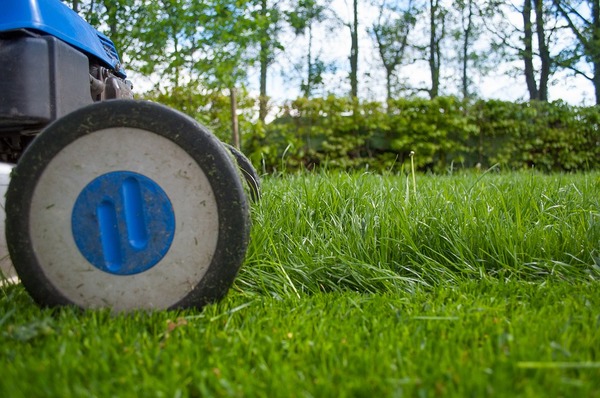By Beatrice Hawkins
It certainly is a case of “the grass is riz!” in our area now thanks to the wonderful weather we’ve had over the last period. What an absolute delight to see the river running a banker over many days and to hear the sound of lawn mowers around town! Mine has been out and obediently started 2nd pull despite the fact that it hadn’t had much exercise over the last year.
The dry has certainly taken its toll and given all those weeds a wonderful chance to now appear! I am amazed at the amount of pig weed/ purslane/ portulaca oleracea that has appeared, not only in my yard, but everywhere I go. I do not remember seeing this is flower or seed over the last many years so the seed must have been there dormant just waiting for these ideal conditions… and what a nightmare it is to get rid of! The usual “weed and feed” sprays don’t touch it and mowing has it looking like a bad haircut the next day – all different lengths! I have resorted to pulling it as it does come rather easily in these lovely moist conditions but my lawn area is not small! I know there are sprays available that will remove it, and a visit to your favourite garden centre/ hardware shop will soon get that, but I prefer not to use chemicals if there is another easy alternative, so I guess I will just go on getting my daily exercise pulling purslane until the Kikuyu takes over and chokes it out of existence.
Now, if we lived on a different continent, we would be relishing it as a green vegetable – just another proof of the adage, “a weed is only a plant out of place”, but it is certainly out of place in my lawn. Another weed definition that I have come across is a “plant whose use has been forgotten or is yet to be discovered” and maybe this describes purslane.
It is native to our country but has spread and naturalised world wide it seems. Use of it is found in ancient cultures and was probably brought to Europe via Spain by the Saracens and became a common vegetable in Elizabethan England. It is widely used in Middle Eastern and Mediterranean cuisine either cooked or fresh in a salad. The leaves are rich in vitamin C and A, iron and magnesium and the sharp taste is a result of the oxalic acid content which is destroyed by cooking. People suffering rheumatism or gout should avoid eating it fresh.
It was a highly prized food source of our original inhabitants and the seeds, which were used to make flour, are the highest known vegetable source of omega 3 oils. The seeds are tiny and black and the method of harvesting was to pile the plants on to a hard surface and leave them. Eventually the seeds would fall, the plants would rot and be removed, the seeds would have all fallen through and be able to be retrieved from the hard surface. About a square metre of plants will produce around a tablespoon of seeds. They then needed to be ground to flour, made into a type of cake and cooked. Patience was required! One noted naturalist of the time wondered if the labour involved was worth the result.
I found many recipes on the internet that included purslane so maybe I need to broaden my horizons, think outside the square, throw caution to the wind and try some of them… there is certainly no shortage of free product to use at the moment!
This year is the anniversary of a visit to these shores of some other noted botanists. It is 250 years since Joseph Banks and Solander visited with Captain Cook and collected the first plants taken back to England from the east coast of this wonderful country of ours.
To commemorate this the Canberra Botanical Gardens are hosting, sometime in April/May of this year, an art exhibition of paintings by local Canberra artists, featuring many of these plants. As I have more information on dates and times I’ll let you know. As my sister in law is one of the organisers we will have first hand information… watch this space!
This is the 112th year of the Horticultural Society in Warwick so don’t forget the meeting next Wednesday 26th in the CWA rooms in Grafton street at 8.00pm. The first and most important meeting of the year so be sure to attend.
The Autumn Flower Show is being held in St Mary’s Hall on Wood St on Wednesday 4th and Thursday 5th March. Entries from 8am until 10 on Wednesday 4th with judging from 10 until midday then the doors open to the public. Pick up a schedule from Bryson’s and see what you can enter. The gardeners of Warwick are the ones that make the show a success.







